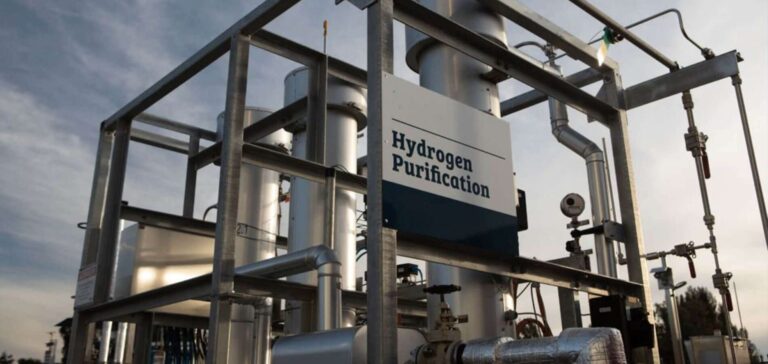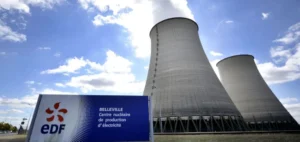In Australia, the Victorian government has announced a $7.2 million investment inrenewable hydrogen subsidies.
This clean energy source is at the heart of the state’s strategy to achieve its energy transition objectives.
Australia plans new hydrogen subsidies
The Victorian government has announced two new grants for renewable hydrogen.
No less than $7.2 million is available for trials, pilots and feasibility studies.
The grants are funded through the $10 million Accelerating Victoria’s Hydrogen Industry program.
“We’re helping business and industry push back the frontiers of renewable hydrogen and embrace this clean energy alternative,” says Lily D’Ambrosio, Minister for Energy, Environment and Climate Change.
Two subsidized funds
The Victorian government plans to invest $6.2 million in the Renewable Hydrogen Commercialisation Pathways Fund.
The aim is to support renewable hydrogen pilot projects and trials.
The Victorian Government will also invest a further $1 million in the Renewable Hydrogen Business Ready Fund.
The aim of this fund is to support businesses that are considering the development of renewable hydrogen.
-50% reduction in greenhouse gas emissions by 2030
The Victorian government aims to halve its greenhouse gas emissions by 2030.
This will require the development of renewable energies, includinggreen hydrogen.
“Victoria’s renewable hydrogen sector will see our state lead the way in this emerging technology, while creating new jobs,” says d’Ambrosio.
Renewable hydrogen can be used as an alternative to natural gas.
But it can also be used as a transport fuel and industrial feedstock.
It can also be used in agriculture, industry, commerce and by water and gas companies.
“Renewable hydrogen is a key element in the energy transition”.
“Renewable hydrogen is a key part of Victoria’s energy transition, ensuring we are on track to meet our renewable energy targets and our ultimate goal of net zero emissions by 2050,” adds d’Ambrosio.
This type of hydrogen can replace carbon-based energies.
It enables decarbonization without limiting energy production.
So it’s hardly surprising that renewable hydrogen is at the heart of the Victorian government’s strategies.






















